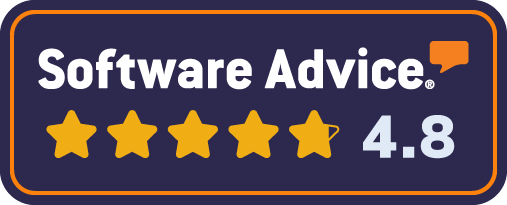Back in my carefree twenties, I didn’t take much convincing to join a party, if invited. Travel 45 minutes in the snow to a friend-of-a-friend’s place where there might be a keg and bad pizza? Count me in! Now I’m more discerning. If invited to a party, I want to know the hosts. It better sound like fun. Bonus points if it involves a new experience, such as axe-throwing or beatboxing lessons. Above all, I need to be in the mood to socialize.
But for some parties, avoiding them is not an option; you have to attend. For media firms, publishers, marketers and associations, there’s now a party you can’t skip – it’s called the First Party. Specifically, it’s for any organizations with digital audiences, who as of 2020 have no choice but to gather and protect first-party data.
What is First-Party Data?
In a nutshell, it’s data you have collected directly from identifiable individuals with whom you have a direct relationship—your subscribers, registered users, customers, members, etc. First-party data stands in contrast to second-party data (rented/bought from other firms with a direct relationship to individuals) and third-party data (aggregated from across the web typically without individuals’ direct knowledge or consent.)
Party Like a Regulator
Since the dawn of the web, anyone with a digital presence was gathering data every which way—cookies, unique device ID’s, IP addresses, browsing histories, web forms, you name it. Digital marketers’ mission was to gather audience data—from the trusted and high-quality to the murky and dubious—and use that data to target marketing, products and messaging. Consumer mistrust and privacy questions had been growing for years, and so had the concern of government regulatory agencies. In 2018, the European Union introduced its General Data Protection Regulation (GDPR) and that’s when the First Party kicked off. In January 2020, the California Consumer Privacy Act (CCPA) also came into effect for California residents. The CCPA kicked the party up a notch. Recently, Big Tech showed up: Apple’s working the room telling everyone it will keep their data private even if the FBI demands it. And Google announced that its Chrome browser will no longer accept third-party cookies, which track users’ online behavior across multiple websites. If you planned to arrive fashionably late to the First Party, you’re now being dragged onto the dance floor by regulators and Silicon Valley.
Practice Some New Routines
Gen Xers should not resurrect the Macarena when the DJ plays Old Town Road. In the same vein, publishers need to ditch their dated moves, such as relying on third-party data for audience targeting. Instead, they need to get with the times, as follows:
- Relentlessly focus on first-party data – Getting to know your audience as unique individuals was always the best strategy. Now, thanks to regulators and Big Tech, it’s the only strategy.
- Take the ‘long view’ of engagement and audience data. You don’t maintain relationships in your personal life by asking friends questions only once a year. So why are you surveying only once a year? Why are you creating interactive and experiential content as one-offs, instead of steps in an ongoing discovery process?
- Shift to products based on depth and quality. If you’re a publisher, you’ll never win on reach vs. Google and Facebook, even within niche segments. Instead, get to know your audience’s needs and interests better than anyone.
- Create value for the end user. This is, frankly, the most important thing. Does your content create actual value for the reader/viewer? Does it help them do their job? Does it help them advance their career?
Where The Real Party Is
Display advertising, while still a hefty revenue line for many publishers, is a party that’s no longer fun, because nobody really wants to be there. Audiences do everything they can to avoid display ads, which don’t serve their interests and get in the way of meaningful content and interaction. CredSpark’s seeing great examples of newer and better audience engagement models, akin to novel party themes that get people to switch off Netflix and leave the house. Among them are:
- Professional communities. Don’t think of them as site visitors or readers – think of them as people seeking to up their professional game! Our friends at EnsembleIQ have evolved their core brands in restaurant and food retailing into membership models such as the Restaurant Technology Network, designed to educate, inform and connect restaurateurs and vendors.
- Pre-and-post event engagement. Clients running events are thinking more about how to deliver valuable interactive experiences in advance of, during, and after the show. Getting people to the expo hall isn’t The Job – it’s only part of the larger job of creating value for both attendees and exhibitors.
- Content personalization. There are simply Too Many Things for your audience to pay attention to. Why not help them discover what’s most relevant, based upon who they are as individuals? Smart firms are leveraging both front-end and back-end tools to effortlessly serve up person-specific content, resources, and offers.
All of these models (1) gather first-party data (2) deepen the relationship with individuals and (3) provide them value in return for their engagement. Like a good party, they’re worth the effort both to throw and attend, they’ll be talked about, and they’ll be remembered. No matter how antisocial or lazy you feel, the First Party is now in full swing, and you have to be there. So you might as well get to know some new people.






